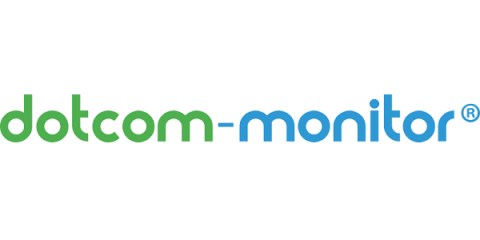Why External Synthetic Monitoring is Required to Complete the APM Stack
With the digital landscape shifting everything on the web, and companies fighting for better user experiences, your sites and applications are no longer just a part of your business, it is the business. But how do you to go about it and remain successful? This is where monitoring and performance management comes into the picture. Not only just for business people, IT teams have also a significant role to play in business growth and revenue optimization.




